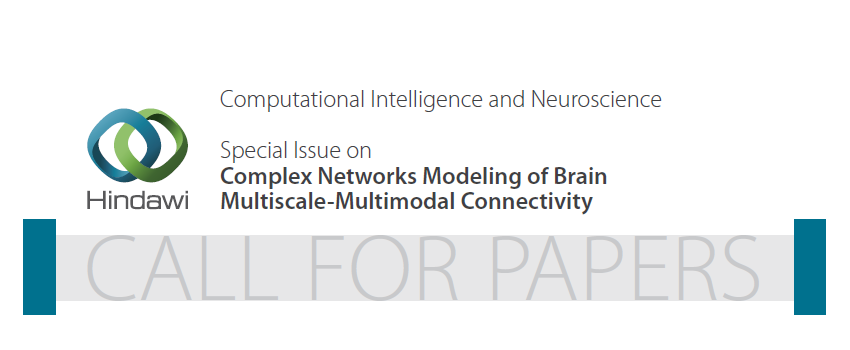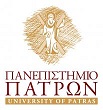Special Issue – Call for Papers
Modern neuroscience intends to understand brain complexity by considering large-scale neuronal networks and analyzing their structure and their functional dynamics using advanced mathematical and computational tools. A major driving force of recent progress has been the development of innovative methods for mapping brain connectivity. Specifically, graph theoretical analysis has enabled quantitative mapping of this circuitry at different scales of investigation and has extensively been applied to the study of brain networks in health and disease. It is hypothesized that the complex cognitive and computational properties of the brain are a direct consequence of its circuitry.
Recent experimental data of Diffusion Tensor Imaging (DTI), functional MRI (fMRI), electroencephalography (EEG), magnetoencephalography (MEG), or multielectrode array (MEA) single-unit and multiunit data also revealed the existence of small-world architectures integrated into local as well as interregional functional architectures.
The study of the dynamics of these architectures could not only explain the functional principles of the nervous system but also offer a very powerful tool for the diagnosis and monitoring of neurodegenerative and psychiatric diseases as well as traumatic brain injuries or stroke.
Last but not least emerging multimodal recording such as concurrent EEG/fMRI and PET/fMRI is a challenging area for developing new models to map brain connectivity in bipartite and tripartite complex networks.
This special issue seeks to solicit original research articles as well as review articles on the development of complex network modelling with applications in healthy brain and brain disorders.
Potential topics include, but are not limited to:
- Brain connectivity mapping in MEA, PET, EEG, MEG, fMRI, and DTI
- Multimodal connectivity mapping in PET/fMRI, EEG/fMRI
- Methodologies for modelling time variant of brain connectivity
- New algorithms for hubs detection and community structures
- Complex network biomarkers for detection, diagnosis, and diseases progress
Authors can submit their manuscripts via the Manuscript Tracking System at http://mts.hindawi.com/submit/journals/cin/mbmm/.
| Manuscript Due | Friday, 27 May 2016 |
| First Round of Reviews | Friday, 19 August 2016 |
| Publication Date | Friday, 14 October 2016 |
Lead Guest Editor
Tassos Bezerianos, University of Patras, Patras, Greece
Guest Editors
Fivos Panetsos, Complutense University of Madrid, Madrid, Spain
Yu Sun, National University of Singapore, Singapore
Gorka Zamora, Pompeu Fabra University, Barcelona, Spain

 BMBS
BMBS J. Hopkins University
J. Hopkins University Nat. Univ. Singapore
Nat. Univ. Singapore School of Medicine
School of Medicine Sinapse Institute
Sinapse Institute Summer School 2010
Summer School 2010 SYSGENET
SYSGENET University of Patras
University of Patras